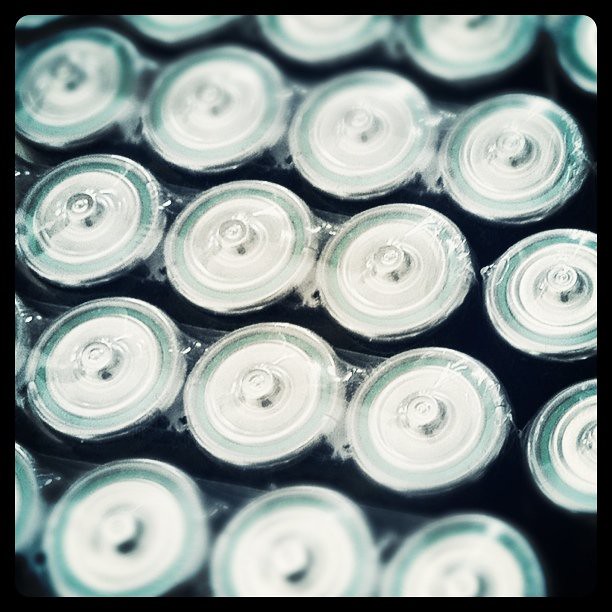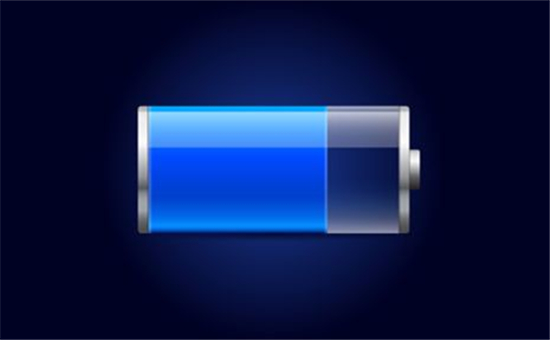Lithium-ion Polymer Battery Advantages and Disadvantages
APR 13, 2020 Pageview:5755
Lithium polymer battery is rechargeable and uses polymer electrolyte as a substitute for a liquid electrolyte. These lithium-ion batteries give higher energy compared to other types of lithium batteries. Additionally, Lipo cells give manufacturers a wide range of advantages hence produces various shapes. They are used in serious applications that require weight, including mobile phones, computers, and radio-controlled craft. Lipo batteries have pros, cons, and there are features to check in order to choose a quality battery.
What are the advantages of lithium-ion polymer battery?
Energy density
Lithium-ion has twice energy density to a standard battery. They have been ranked as the highest, providing density in the technology of cells. The density lies between 100 to 265Wh/kg or250 to 670Wh/L. moreover, Lipo offers 3.6v, three times more than other rechargeable batteries like nickel-metal- hydride, and nickel-cadmium. Therefore, the battery has the ability to deliver higher currents for critical applications.
Lack of memory effect
Memory effect is a process when recurring charge or discharge cycles result in a battery to lower the capacity. The lithium-ion polymer has no memory effect, a common effect in Ni-MH and Ni-Cd technologies.
Low discharge rate
Li-ion batteries have a flat rate of discharging from approximately 1.5% to 2% each month. Additionally, they do not have toxic cadmium; thus, they are easy to dispose of.
Safe
Many attempts have been carried out to manufacture rechargeable lithium batteries. This is because lithium metal is not stable during charging. For this reason, research changed from metal to non-metal lithium battery that uses lithium ions. Even though lithium-ion has a lower energy density compared to lithium metal, it is safe. Increase safety measures by meeting precautions when charging or discharging.
Low maintenance
Lithium-ion batteries require little maintenance than other batteries. Therefore, they do not need cycling to maintain the life cycle.
Applications
Li-ion batteries have replaced other rechargeable batteries in electronic devices, including laptops and smartphones. Also, it powers electrical systems in airplanes such as Boeing 787, where weight is an issue. Also, Lipo is used as a source of fuel in electric-powered cars, including tesla model s and Nissan leaf.
Speciality cells
The cells can give a great high current used in serious applications like power tools.
What are the disadvantages of lithium-ion polymer battery?
Overheating
Regardless of its superior technology, lithium-ion has disadvantages. The batteries can overheat, thus get destroyed at high voltages. This problem can result in burning and thermal runaway. For example, Boeing 787 has been reported to be on fire. These batteries are linked to risks making planes not to carry out bulk shipments.
Safety mechanisms
Li-ion needs safe mechanisms to reduce internal pressure and voltage. These problems tend to reduce performance as well as increase weight.
Fragile
Li-ion is fragile and needs a protection circuit in order to increase safe operation. The In-built protection circuit does not allow the cell voltage to drop during discharge. Most packs have limited the maximum charge current and discharge from 1C and 2C. Eliminate lithium plating by following precautions like monitoring temperatures.
Ageing
Ageing is a serious problem that manufacturers are not talking about the concern. Lithium-ion batteries are subjected to getting old. This means that the batteries can fail for a period of two to three years. However, other technologies also experience this issue. For instance, nickel-metal-hydride age fasts when exposed to extreme temperatures. Store your battery in a good cool, and dry place to limit the process of aging. Temperatures recommended are of 15 degrees Celsius. Also, charge the battery up to 40%during storage.
Transportation
Lithium-ion batteries have shipment restrictions on massive quantities hence subjected to control. Nevertheless, the limitation is not applicable to personal batteries. This applies to international and domestic shipments through sea, land, and air. Additionally, lithium content is determined by the number of cells and capacity in each pack. Any lithium content exceeding 1.5 to 8 grams on each battery is classified as a hazardous material.
Expensive to make
Lithium-ion polymer batteries are costly to manufacture, with around 40% cost higher than nickel-cadmium.
How do you choose a high-quality lithium-ion polymer battery?
Rechargeable batteries are manufactured in different sizes, shapes, and range from megawatt systems to button cells. Materials used are obtained from a much distinct combination of electrolyte and electrode. The following features should account when selecting a quality lithium-ion polymer battery.
Capacity
The capacity of a battery is displayed in ampere-hours. It can be increased by connecting batteries in parallel. Multiply the voltage by capacity and get the electricity stored in kilowatt-hours.
Size
The correct size of the battery is obtained by calculating the consumption per day and divide by current-voltage. You can get minimum power by dividing the results by 0.5.
Performance
The specific energy density ranges from 100-250Wh/kg. Volumetric energy density is from 250-680Wh/L. on the other hand, specific power density range from 300-1500W/kg.
Voltage
Batteries voltage is shown in volts (V). The normal voltage is 3.6V/cell, while other manufactures make 3.70V/cell. For this reason, they get a market advantage seeing that high volts increase watt-hours.
Use
They provide great energy density for powering various devices. Small devices include smartphones, laptops, digital cameras, torches, game consoles, tablets, electronic cigarettes, and camcorders. Power tools include sanders, drills, saws, hedge trimmers, and whipper-snippers. Electric vehicles are scooters, wheelchairs, motorcycles, aircraft, bicycles, radio-controlled aircraft, electric cars, and personal transporters.
Price
Cost varies depending on the color and size of the battery. Even though lithium products are expensive, you will love the results.
Conclusion
The lithium-ion battery has become the most promising and fastest-growing battery in the market. Today, the battery is gaining buyers' acceptance. When it comes to weight, Lithium is the lightest metal; thus, the battery wins over other batteries. Besides, it provides great electrochemical potential and weight's energy density. It is a safe battery providing you follow the precautions while charging or discharging. Furthermore, Lipo needs low maintenance than other batteries. However, it is better to follow manufactures advice on maintenance in order to increase the life cycle. The battery is worth a leg, but you will be happy not to replace a new battery sooner like others.
- Prev Article: Best Battery Management System – Building and Choice
- Next Article: Lithium Battery vs. AGM - Definition and Comparison
Leave Message
Hottest Categories
-
Hottest Industry News
-
Latest Industry News












